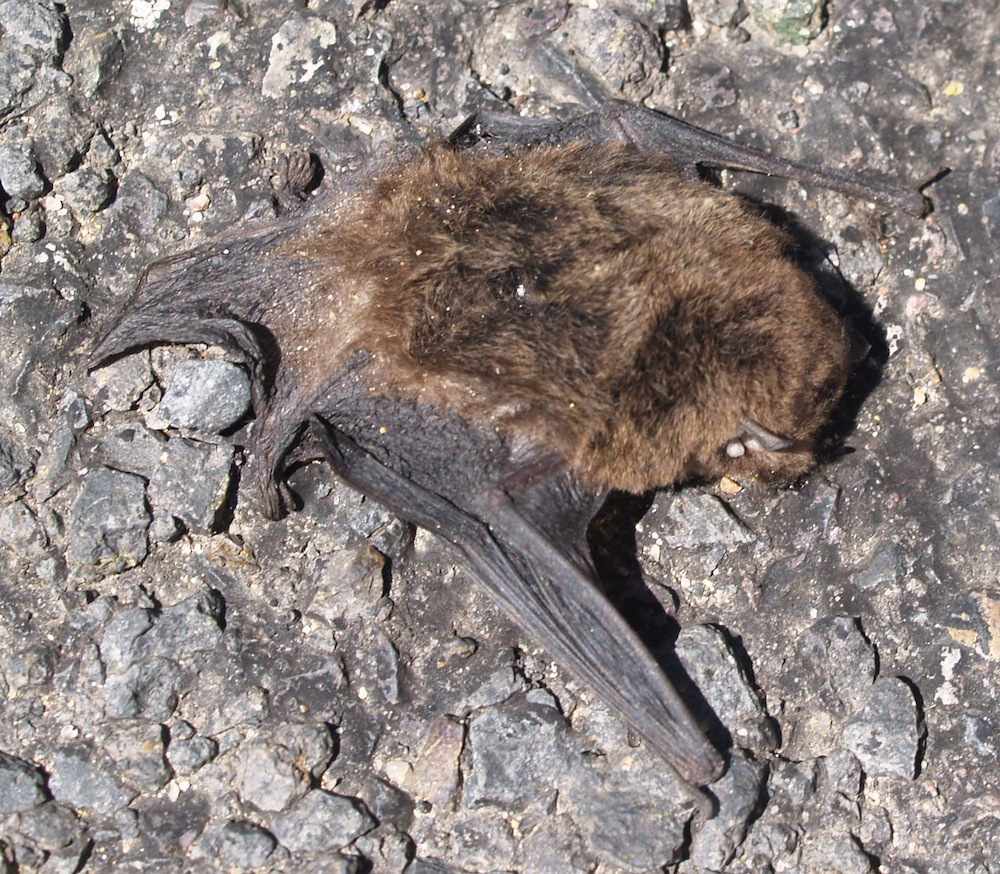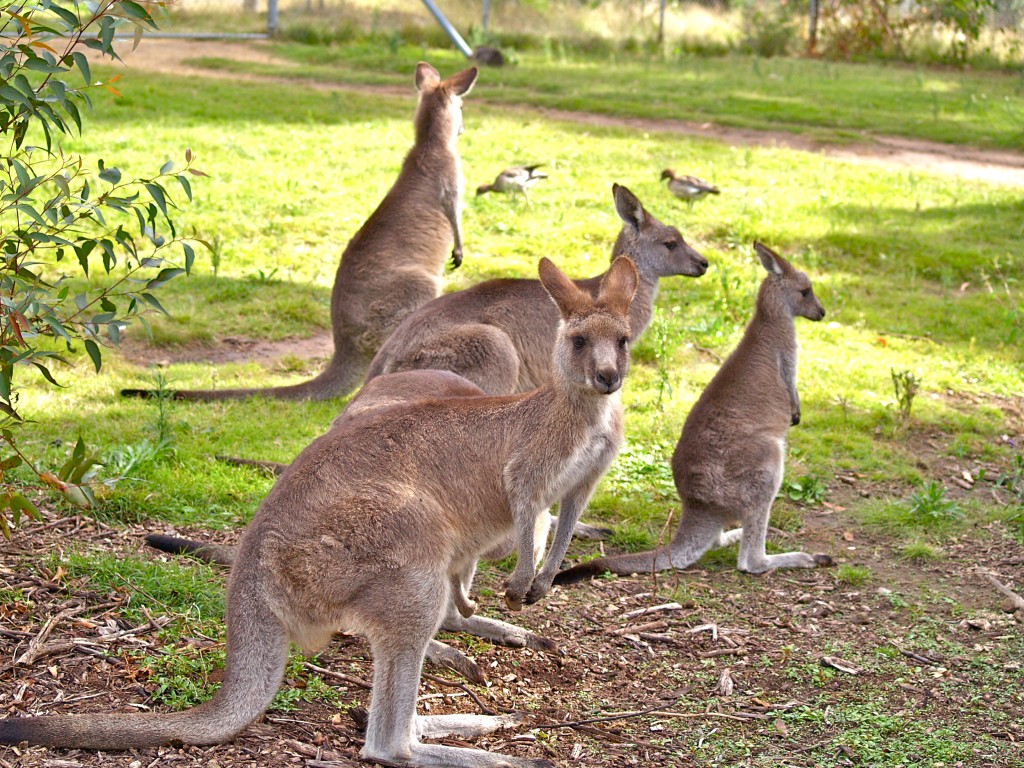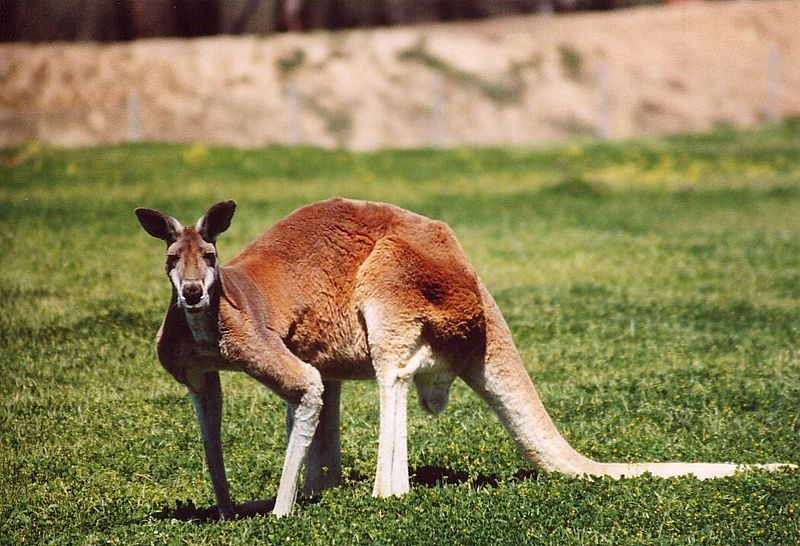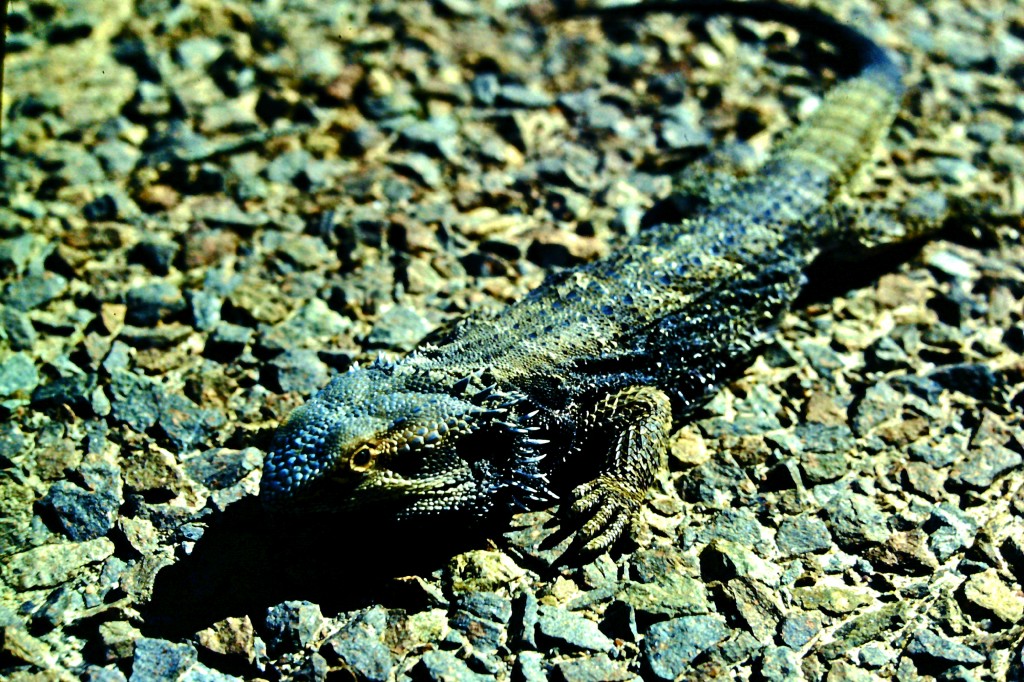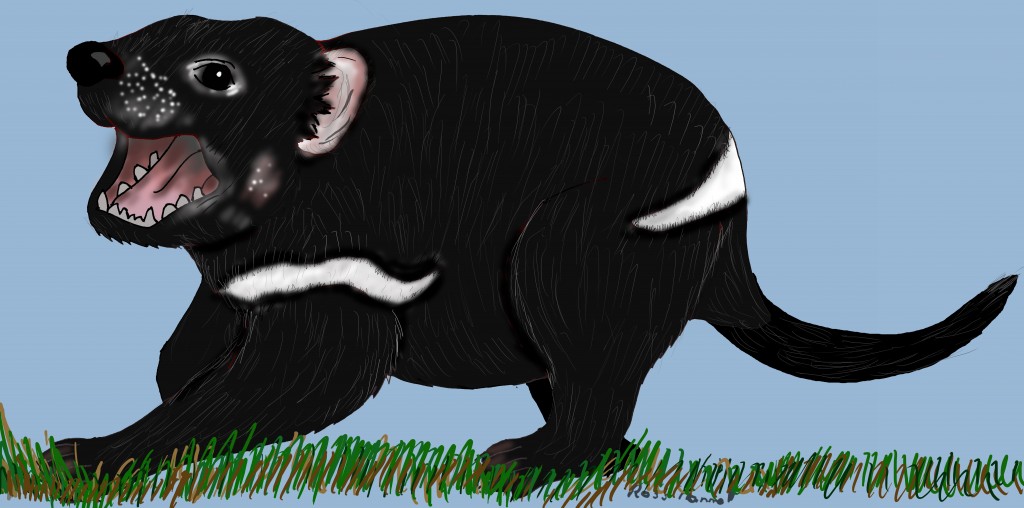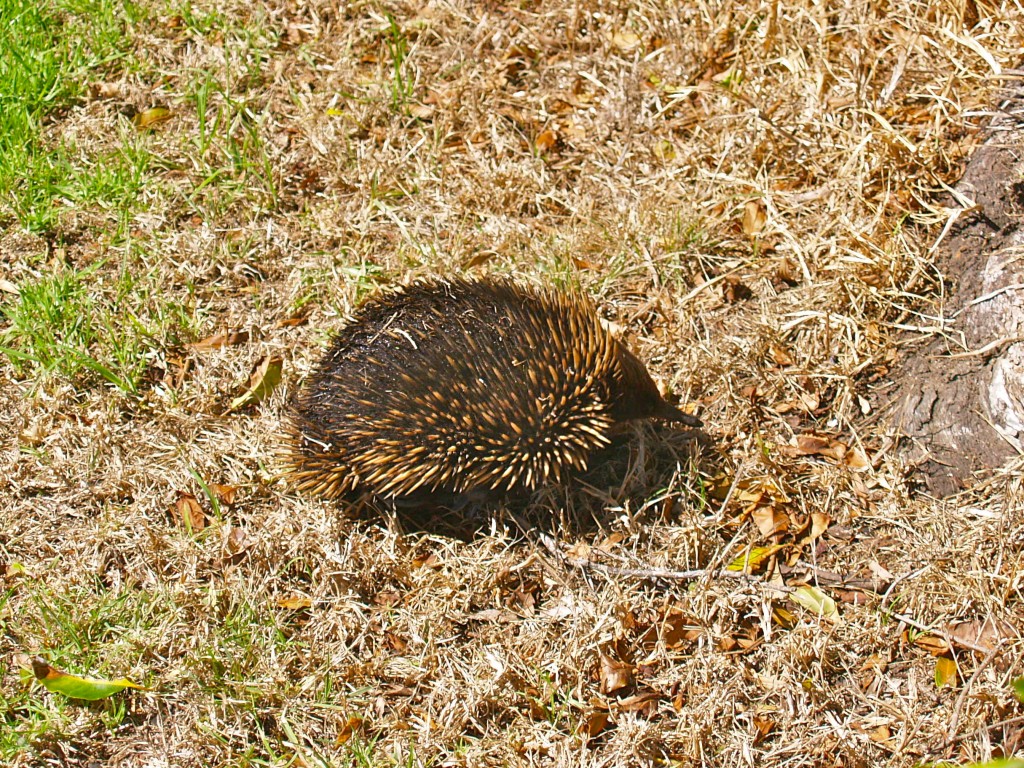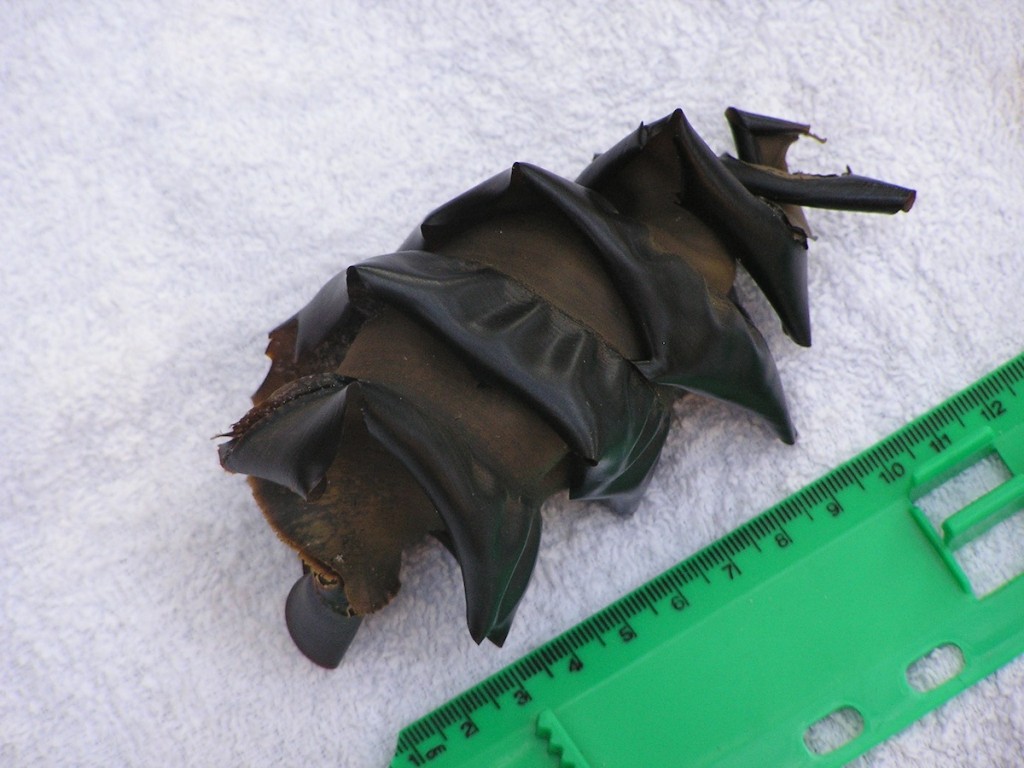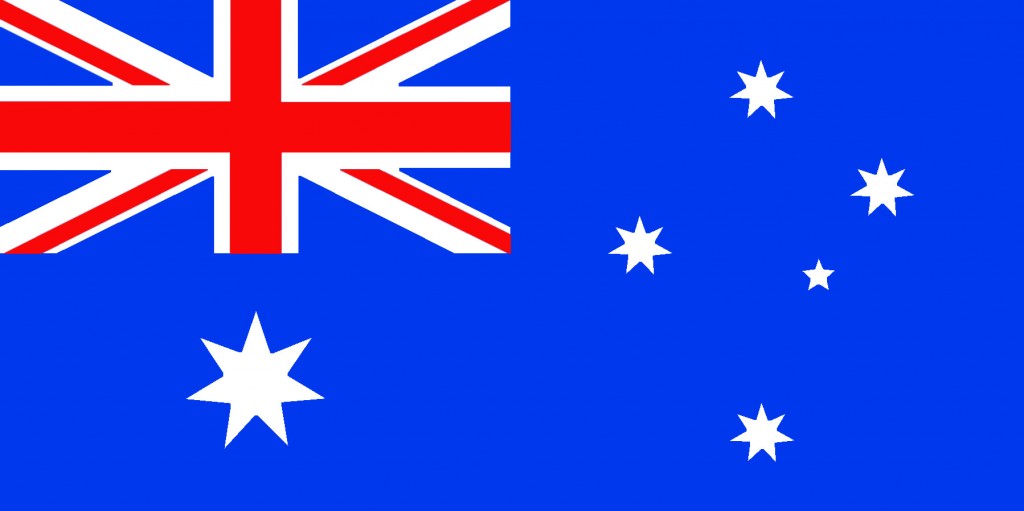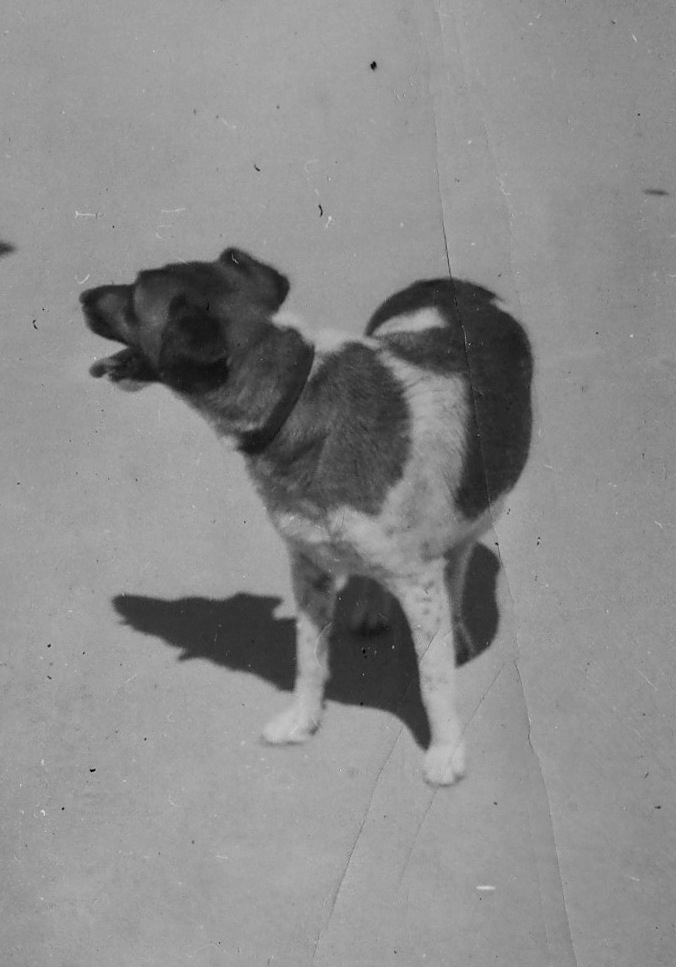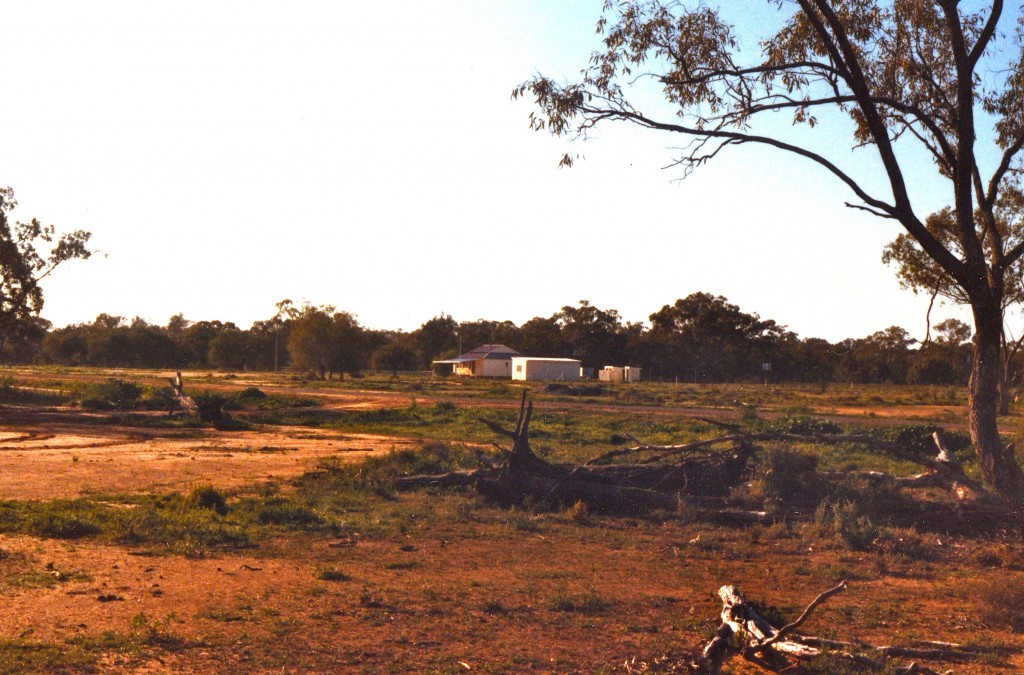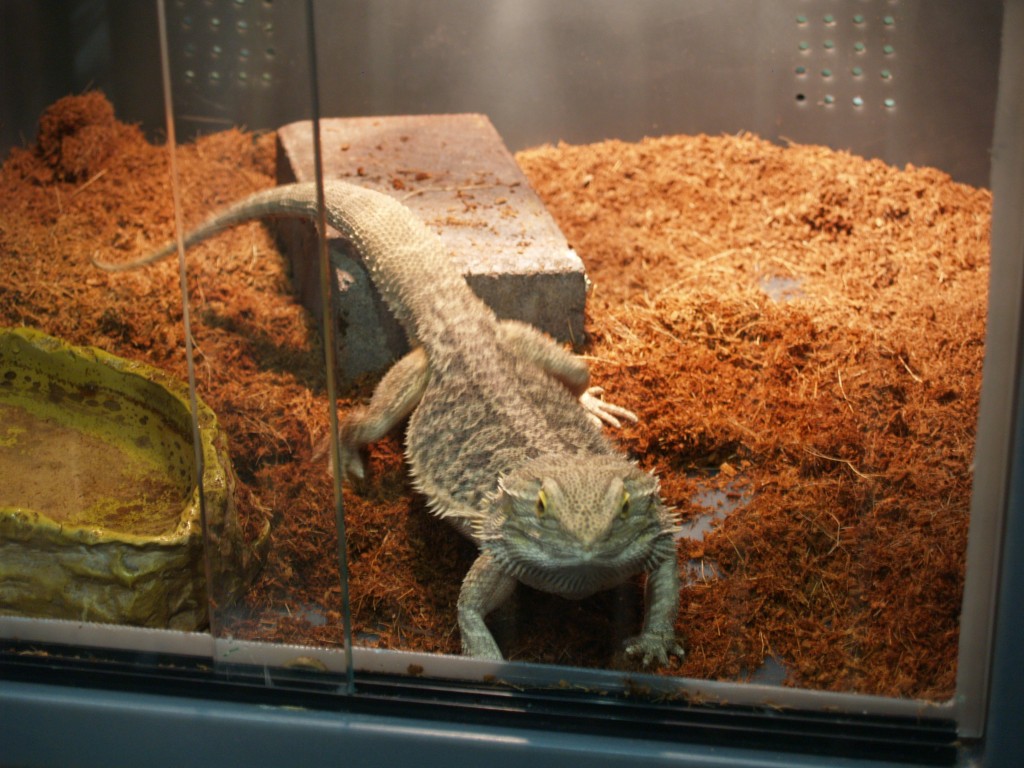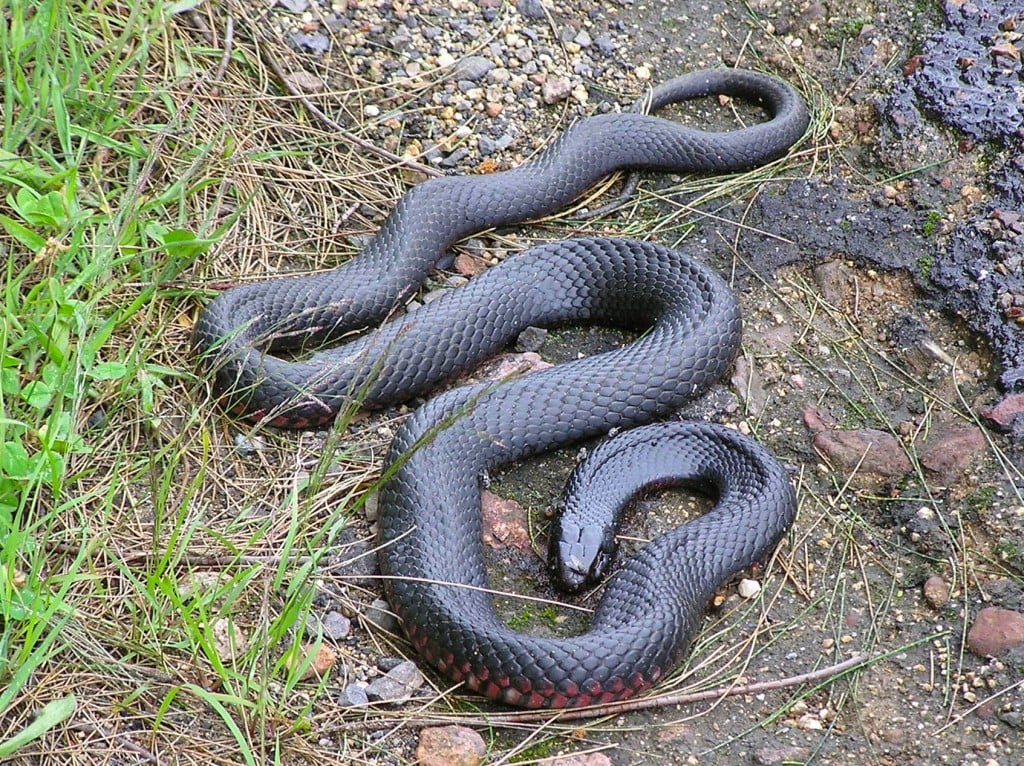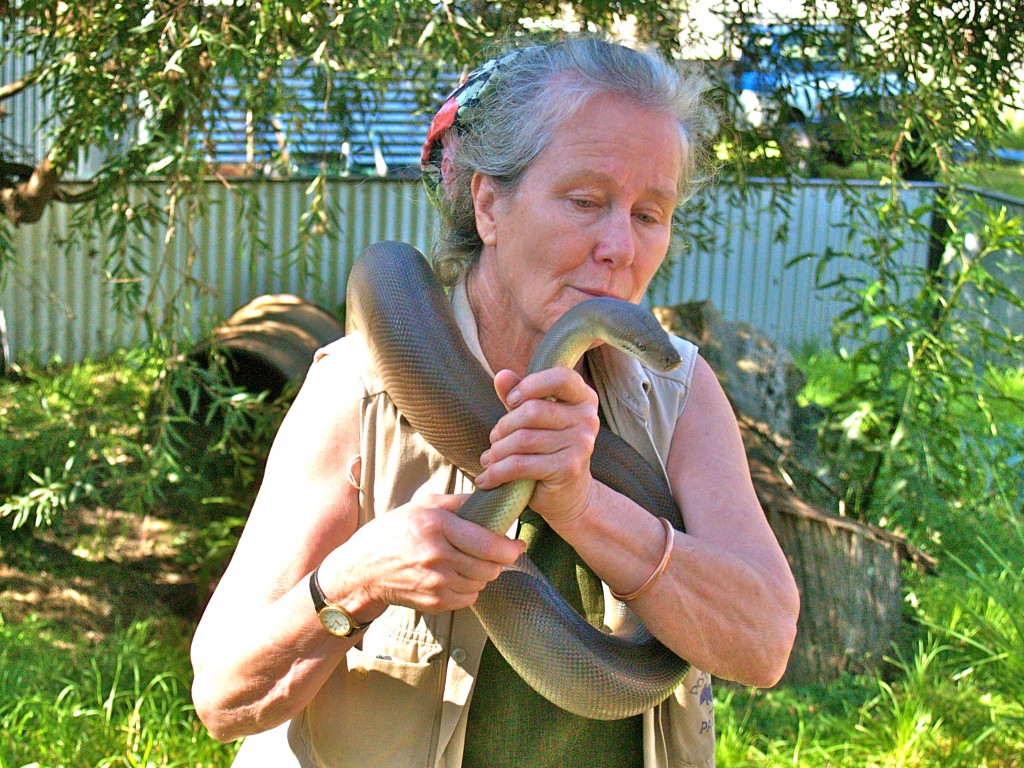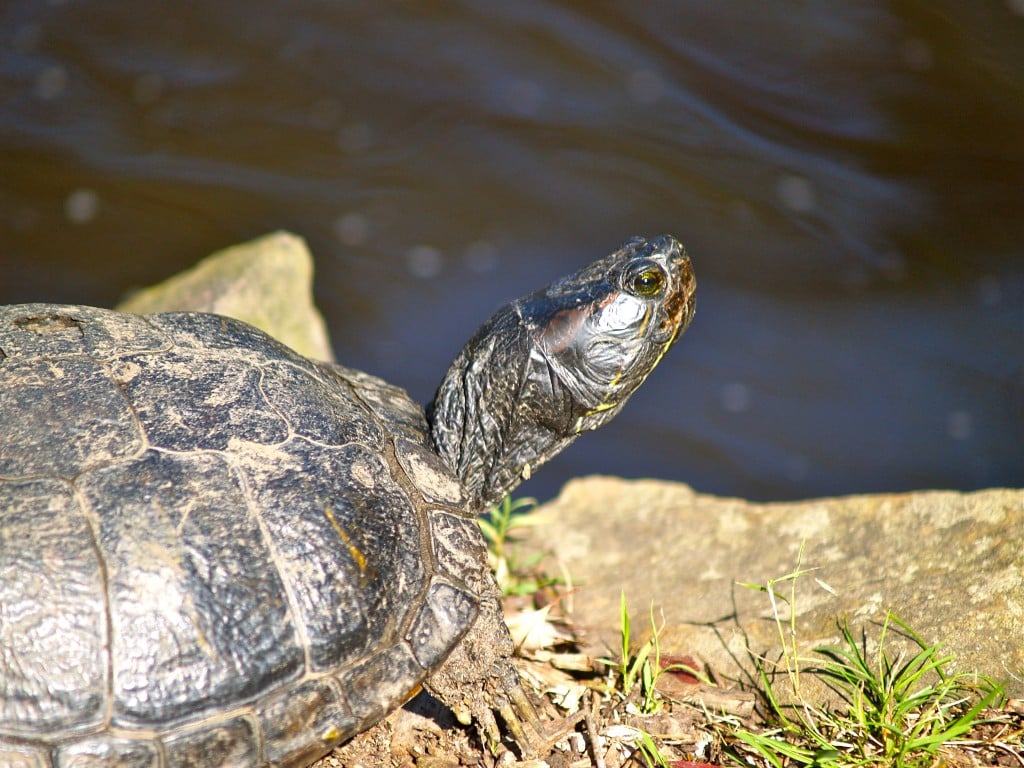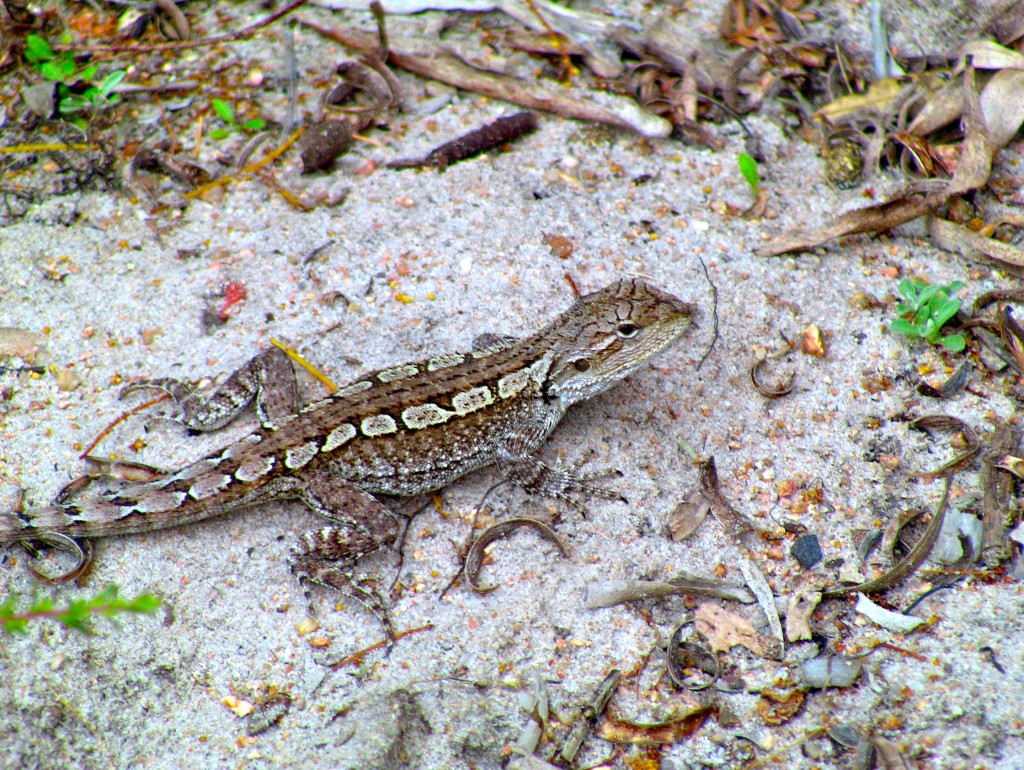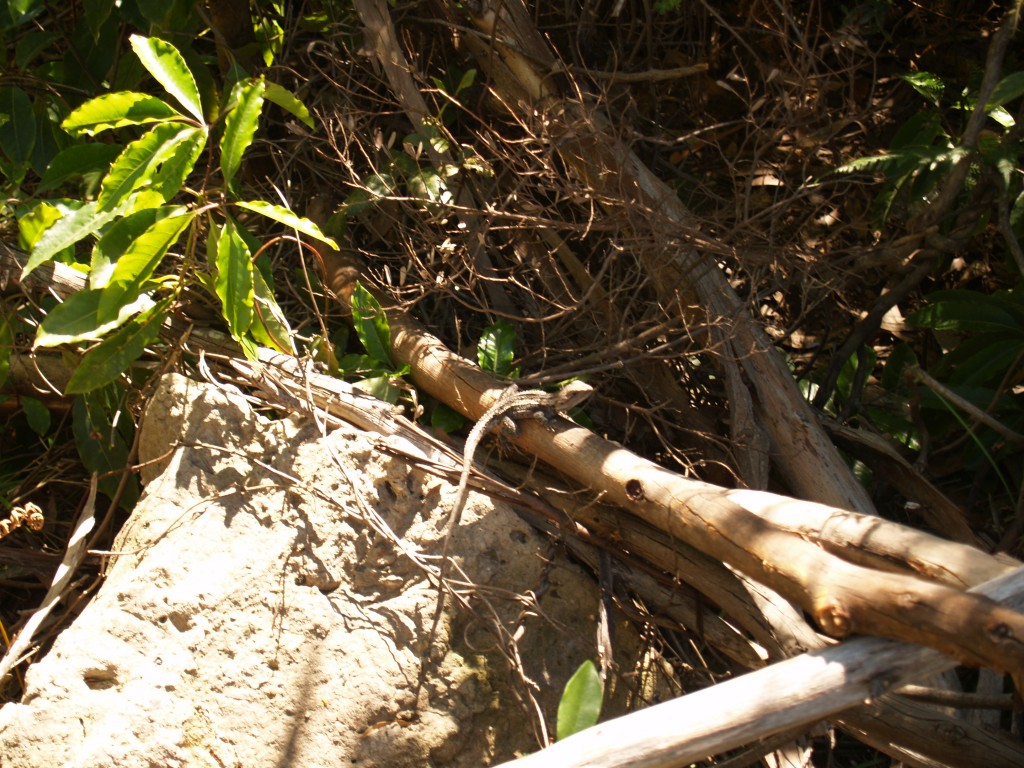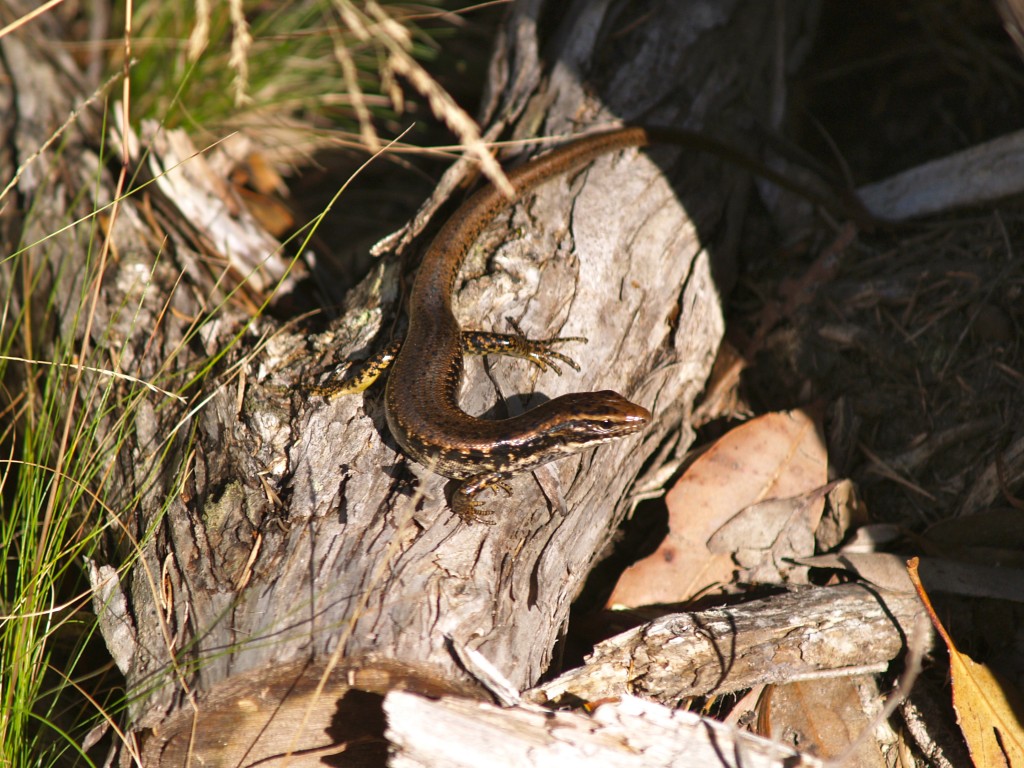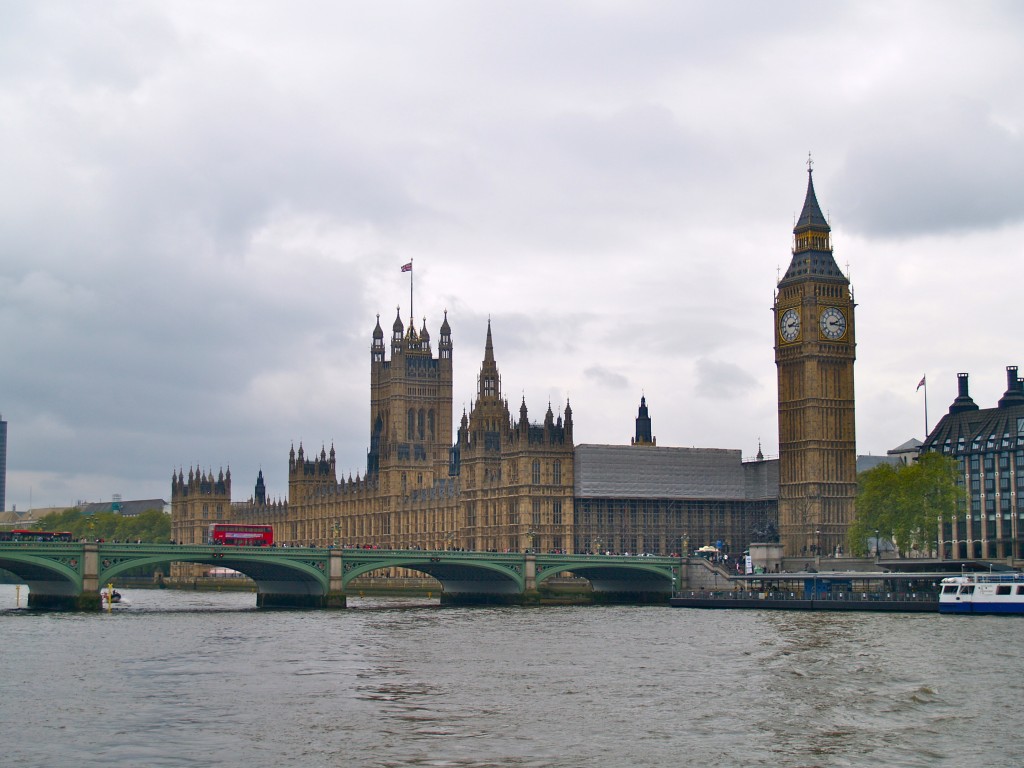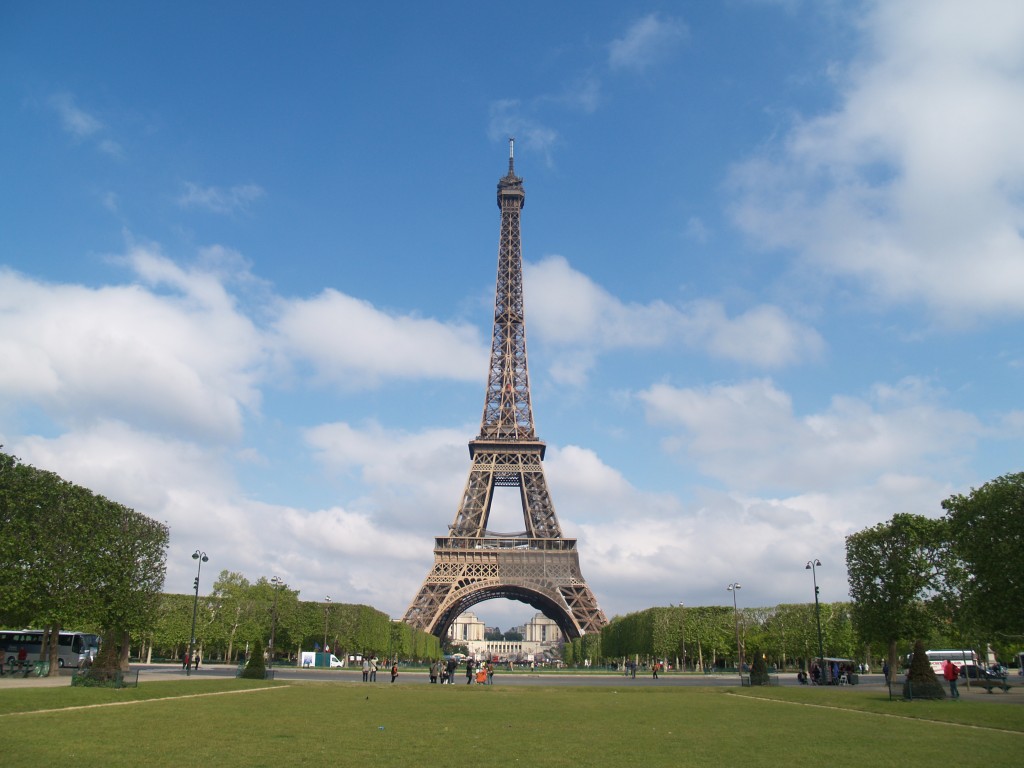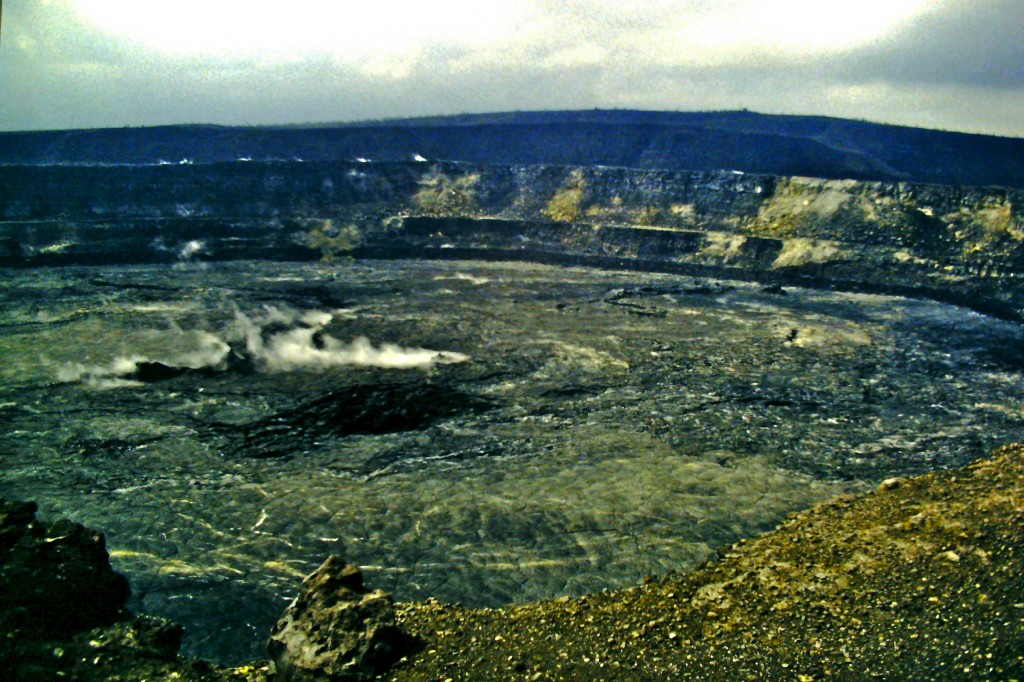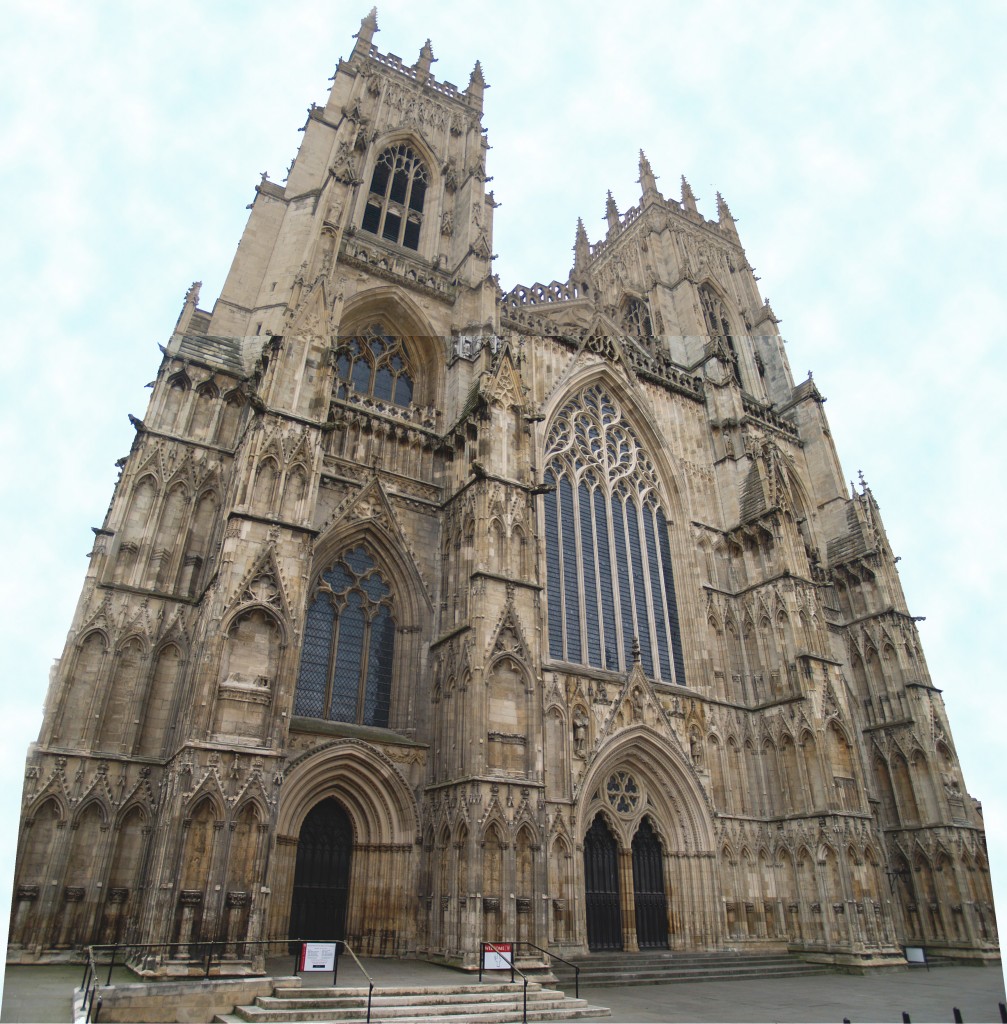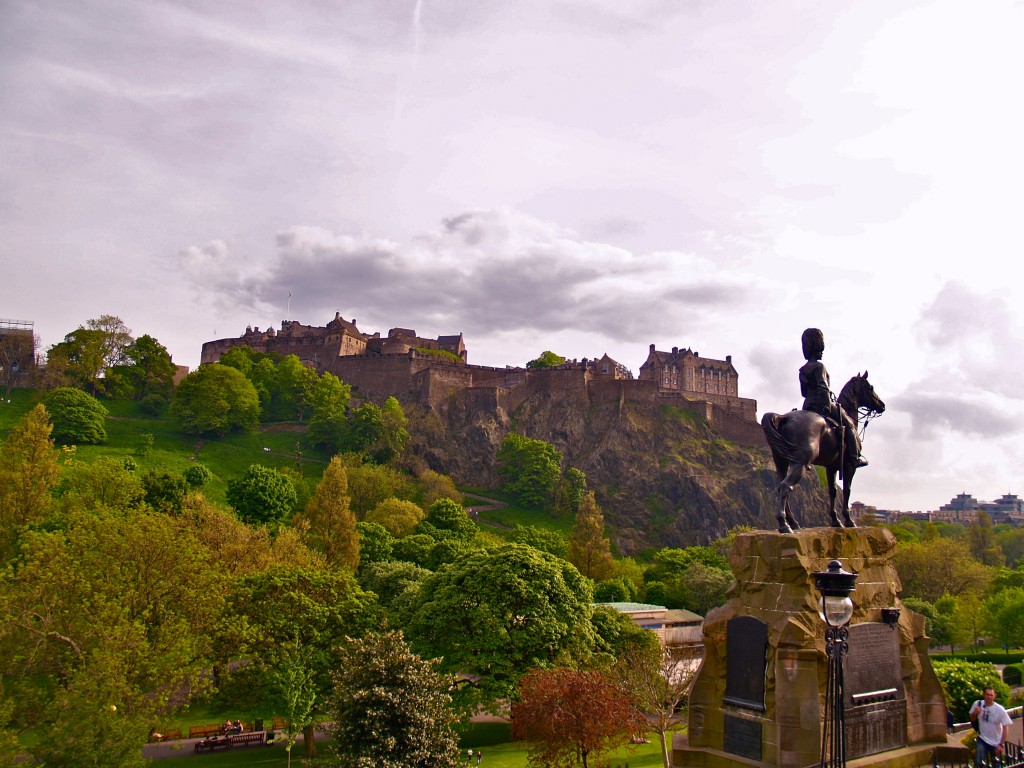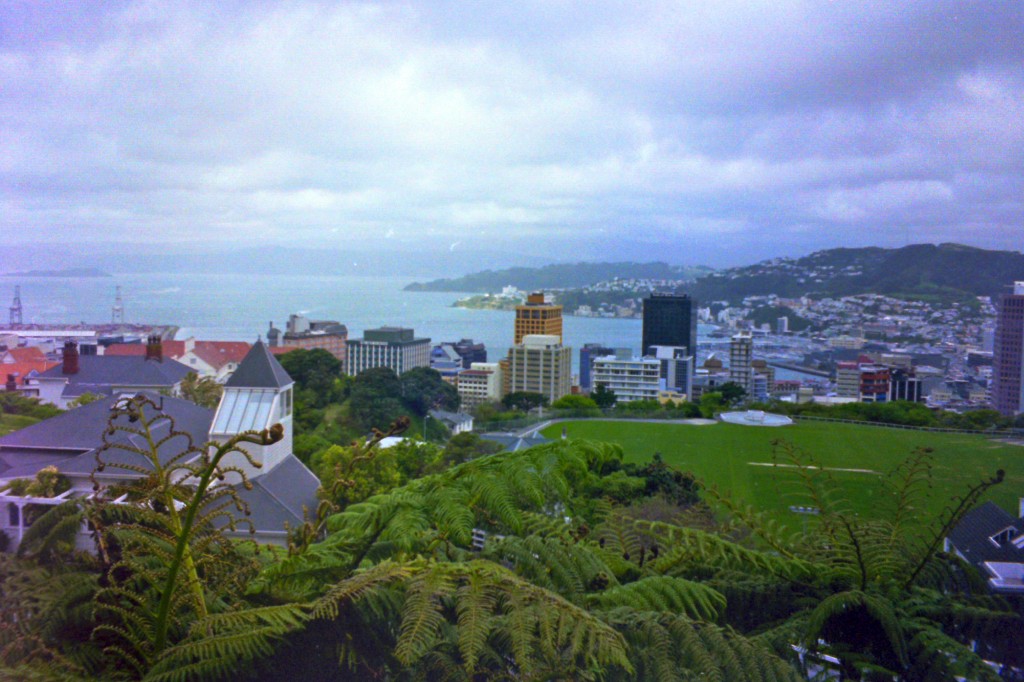To see the Battalion Bloggers post...
A Surprise Package Inspires Action!
Hello Battalion Bloggers,
I am sorry I have been mostly off line since the beginning of the year. The New Year is normally slow for me but this year has been very busy. I am trying to catch up a little now in between tasks.
One of Australia’s two major supermarket chains had a promotional idea. They decided to release animal cards children (including big ones like me) could collect. With the success of the first series on “grown up” animals, they ran a new very cute series on baby animals. I set to work and managed to collect three sets with the help of local staff and then had to decide where they should go. Australian children didn’t need them because they could get their own so two sets headed to Canada and one to USA.
I can see by your bar graph, some animals caught your interest more than others. I know I have favourites I like to photograph but my favourites are usually what I am photographing at that time.
Your comments…
TREE ANIMALS
Ethan – Flying foxes are very common in many areas of Australia (click Australia to see a map) and Asia. Sometimes at night I have been in my backyard and heard the flying foxes squabbling in a neighbour’s fruit tree. They are also found in cities. I know of colonies in Sydney. Bats are fascinating. I have even encountered bats (not fruit bats) when I tried some spelunking (cave exploring).
Now a less pleasant fact...
Some wild flying foxes and other bats have been found to have a problem for humans. They can carry a virus known as lyssavirus and so shouldn’t be handled as infection could be fatal if untreated. Lyssavirus is closely related to the rabies virus. I always find it safer not to handle wild animals.
Of course, human activity can be a problem for bats through habitat destruction or, in the case of what I think is a dead little broad nosed bat, collisions with cars.
Melvin – The grey-headed flying fox is the bat I most commonly see at night around my home. Their squawks as they feed and squabble are easy to hear. Pteropus poliocephalus – my Latin isn’t great but I think the scientific name stands for wing (ptero), work (opus), greyish (polio), head (cephalus) so pteropus poliocephalus probably means grey-headed working wing.
According to Wikipedia, there are 60 species of flying fox bats in the world of which I think Australia has four, the little red, spectacled, black and grey-headed flying fox.
Catherine, Hilary, Aya and Jenna – Koalas are certainly picky eaters. Eucalypt trees (we also call them gum trees) are common and have a number of species in Australia but koalas won’t eat the leaves of all kinds. If we were to eat the leaves, we would become very sick because of the eucalyptus oil in the leaves but koalas are adapted to digesting the leaves. This can take some time. This is part of the reason koalas spend so much time sleeping. It saves energy so, rather than being lazy, they are being energy efficient. Would that make the “green” koalas?
Koalas don’t normally need to find and drink water because they take it in with the leaves but I have seen video of koalas after a fire has come through. If they survive, they can be very thirsty. Firefighters and animal rescue people have poured water in their hands and wild koalas they find have drunk from their hands. They are amazing little animals.
Jenna, a little extra information – A number of animals are known to swallow rocks or gravel to help digest plant foods. Such stones are known as gastroliths (mean stomach stone) and were even used by some dinosaurs. Many birds also use them for the same reason, they help digest food. As you know, chickens don’t have teeth to help chew food.
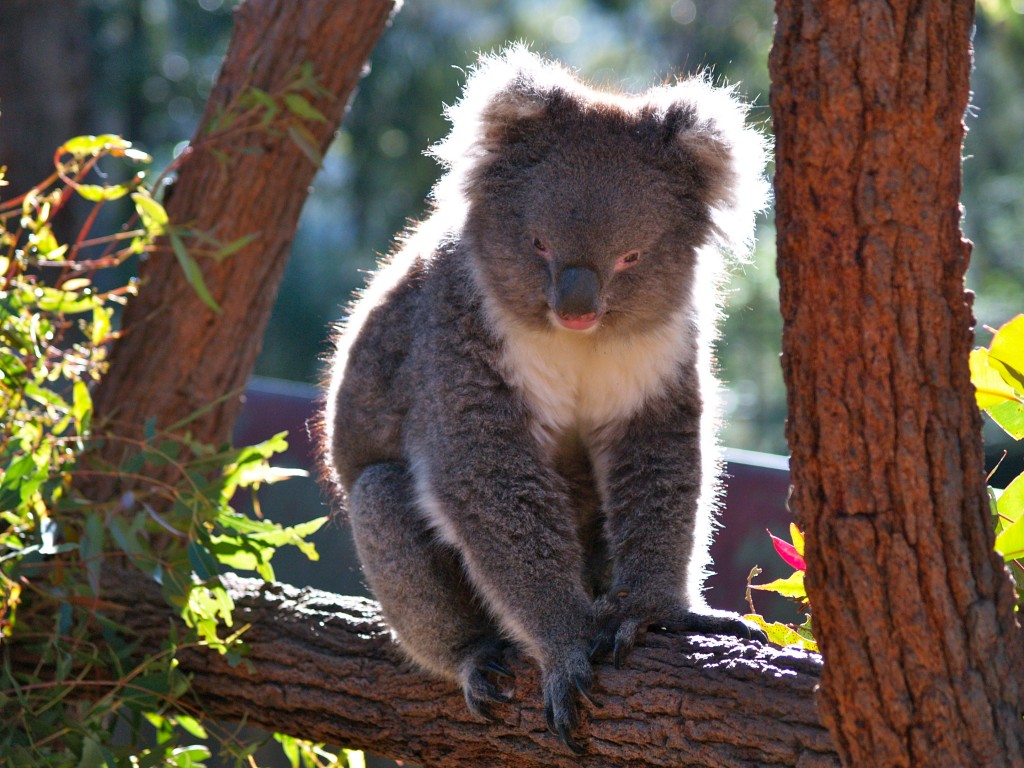
Schools and students have permission to use this graphic for non-commercial, educational purposes.
This graphic should not be used without written permission from me.
LAND ANIMALS
Kennedy – I have seen mobs (the name for a group of kangaroos) of red kangaroos bounding across drier areas of Australia. The males can be around my height and are very strong. Did you know the males fight using their strong legs? Until I was able to deliver it to a zoo, I had a young, orphaned red kangaroo. When it saw me, it would hop up and kick me but was too small to cause any damage. It was calm when it got into a sack. For the young roo, it was like being in its mother’s pouch. There are no red kangaroos near where I live now. We mainly have eastern-grey kangaroos and wallabies. Kangaroos are only native to Australia.
eastern grey kangaroos
Kelly – Joey is a term we Aussies use for the young of most marsupials. So kangaroo and koala babies are joeys. My favourite name for a baby animal goes to the young of the echidna and platypus. Echidnas and platypuses aren’t marsupials (pouched animals). They are monotremes, egg-laying mammals. Monotreme young are known as puggles.
Only responding to movement might seem odd but it appears in other animals. I think I read t-rex dinosaurs probably only responded to movement so, if you ever face one, stay still. 🙂 It wouldn’t work with lions.
Here’s a puzzle for you, if red kangaroos only detect motion, does the world disappear if the kangaroos are still and no wind moves grass and trees? I suspect there is some vision at all times but kangaroos only respond to movement because the signal is stronger.
Daniel – As you would have place names and other words taken from native languages, many names in Australia come from local Aboriginal names. Sometimes, names might be exactly native because early European settlers misunderstood.
For emu, we aren’t certain where the name originated. Wikipedia states it may have come from the Arabic for large bird and be used by early Portuguese explorers.
When checking on the world’s largest living birds, the emu may be second in height but I suspect the cassowary (found in Australia and New Guinea) is heavier and the Australian southern cassowary might grow slightly taller. The tallest bird know to have existed was probably the giant moa (Dinornis) originally found in New Zealand. They are thought to have become extinct mainly because of hunting by early Polynesian settlers (Maoris).
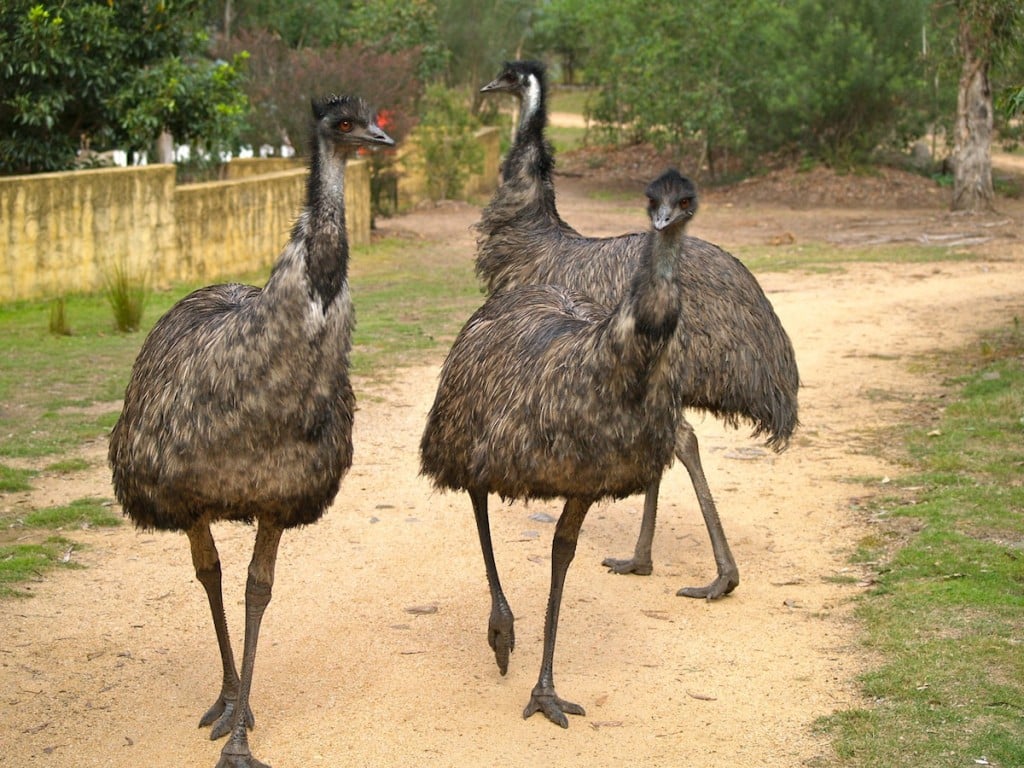
Schools and students have permission to use this graphic for non-commercial, educational purposes.
This graphic should not be used without written permission from me.
Here are just a few Aboriginal names for emu from the very many languages…
Ngurruy (Ngiyampaa people of N.S.W.)
Kalthi (Paakantyi people of N.S.W.)
Dhinawan (Wiradjuri people of N.S.W.)
Kawir – (Wembawemba people of N.S.W.)
Warrhukaathi – (Diyori people of S.A.)
These words are taken from “Macquarie Aboriginal Words” – ISBN 97809497571
Sam – While I have seen bilbies in zoos, I haven’t seen them in the wild where they are endangered. There is a national plan trying to help the bilby numbers grow again.
It may interest you to know something about Easter in Australia. You probably know about chocolate Easter eggs and Easter bunnies but, here in Australia, you can also buy Easter bilbies. Money raised from their sales helps to save the bilby through donation to conservation programs

This picture is in the public domain because its copyright has expired and was sourced through Wikimedia Commons.
Alex – Bearded dragons are interesting and I have held the spiky little guys and have seen them in the wild. They can be bought as pets here but you must be licenced in my state because all native reptiles are protected. They are not allowed to be collected from the wild.
Isaac – Tasmanian devils are interesting carnivorous marsupials (pouched animals). Early European settlers in Tasmania would hear the sounds of the devils and feared evil spirits might be at work.
I have seen devils in zoos but didn’t see them in the wild when I was in Tasmania. Despite their snarls and strong jaws, they are cute little guys but I wouldn’t place a finger near their mouths.
Wombats are very strong diggers. I often come across their burrows when hiking. I suspect the Tasmanian devils find it much easier to use an empty wombat burrow than digging their own.
Click the link below to hear Tasmanian devil sounds.
TasmanianDevilSounds
This audio file was sourced through "Community Audio" where it was listed without a creator or any copyright instructions. I assume it is in the public domain.
I didn't have a Tasmanian devil photo in my collection but did have this drawing of mine.
Kate – I have not only seen many eastern blue-tongued lizards (skinks) in the wild, I have found them visiting my yard as they search for bugs or delicious snails (not the French escargot type). They are docile (not aggressive) but I tend to leave them alone unless they’re injured. I did once find one seriously hurt little guy in my yard and had to take it to a local vet but he didn’t survive the injury. I think perhaps a dog had attacked him. Dogs and cats can be dangerous for many small native animals. The video below is a northern blue tongue giving birth…

Schools and students have permission to use this graphic for non-commercial, educational purposes.
This graphic should not be used without written permission from me.
Noam – Short-beaked echidnas are native to most areas of Australia, including around my home. I have had one exploring my yard and seen them in parks in my town as well as in the wild. They’re aren’t aggressive and can’t bite but, being monotremes (egg laying mammals), they are fascinating little guys. When threatened, they use their strong claws to hold on to the ground while they show their spines.
Peng Peng – I have seen dolphins off our coast a number of times, including bottlenose dolphins. They are beautiful animals and seem curious when they see humans in our waters. Bulls, cows and calves are good names although people often only think of cattle but the titles are used for other mammals including elephants.
Dolphins are part of the Order Cetacea of animals. Cetacea include whales, dolphins and porpoises.
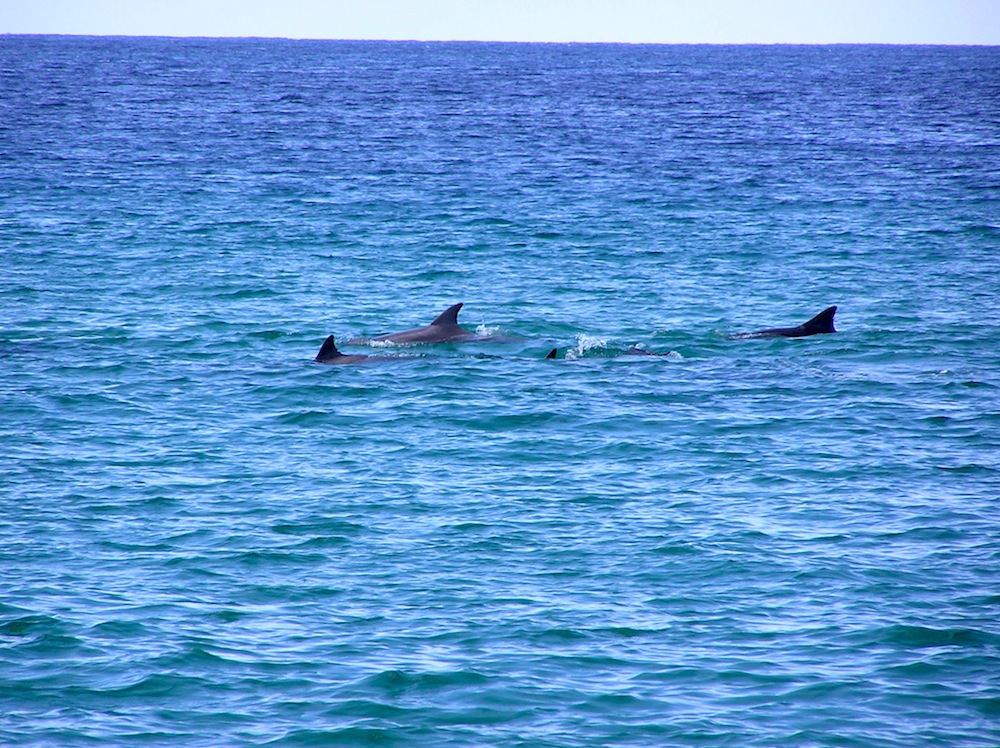
Schools and students have permission to use this graphic for non-commercial, educational purposes.
This graphic should not be used without written permission from me.
I photographed these dolphins as they swam near the shore.
Claire – Bottlenose dolphins can be found in oceans around the world but I don’t think they tend to reach Canadian waters because of cooler temperatures.
Did you know some sharks like bottlenose dolphins, especially the calves? The problem for sharks is the dolphins can often protect themselves. Dolphins turn and charge the shark. Sometimes groups attack and have been know to kill a shark.
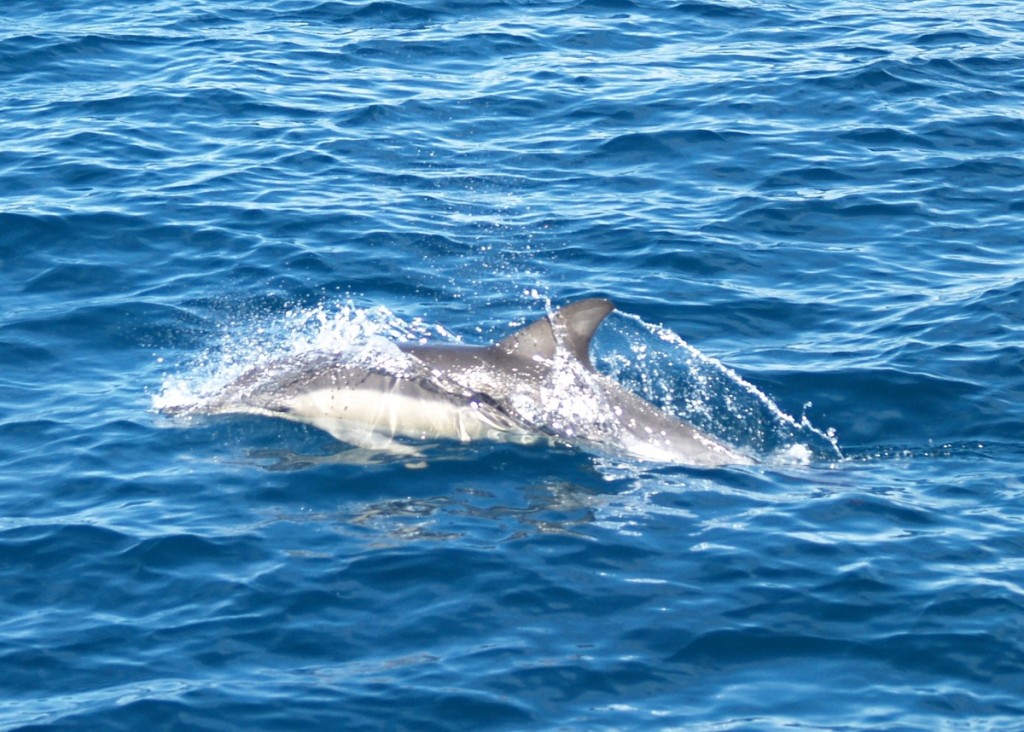
Schools and students have permission to use this graphic for non-commercial, educational purposes.
This graphic should not be used without written permission from me.
I believe this is a common dolphin. I photographed it while on a whale watching cruise off our coast.
Cohen – Port Jackson sharks can be found in Australian coastal waters but don’t tend to be along the most tropical areas. As the name suggests, they are also found in Port Jackson waters. You may not have heard of Port Jackson but it is the bay around which Sydney has been built.
As their diet includes mostly molluscs and similar creatures, they aren’t seen as dangerous to humans. Their egg cases are sometimes washed up on beaches and are easy to recognise.
Hannah – Black swans can be found on our saltwater lake or in large ponds. There is one area in a town only 35km from my home that can fill with water in wetter times. I once stopped to watch numerous black swans wandering along grassy areas near the water then realised all of the adults were being followed by cygnets. They can be aggressive if they think they or their babies are threatened.
Amy – Turtles can be fascinating animals. My two nieces grew up in a Queensland town named Bundaberg. While Bundaberg is know for its fields of sugarcane, the coast east of the town is know for Mon Repos Conservation Park. Between November and March each year loggerhead, flatback and green turtles come ashore to lay their eggs in the beach sand.
Nightly tours during that period of the year allow visitors to see they turtles laying eggs or, 6 to 8 weeks later, see hatchlings emerging from the sand and heading to the water.
We all know humans are either male or female as they develop before birth but turtles are different. The temperature of the sand makes the difference for turtles. Higher temperatures help turtles hatch sooner and emerge as females. Cooler temperatures tend to result in males.
Martin – Australian sea lions can be seen around southern and south-western areas of Australia but not normally near where I live. We are more likely to find Australian fur seals in our waters. One old male was an annual visitor to a favourite rock in our town’s lake.
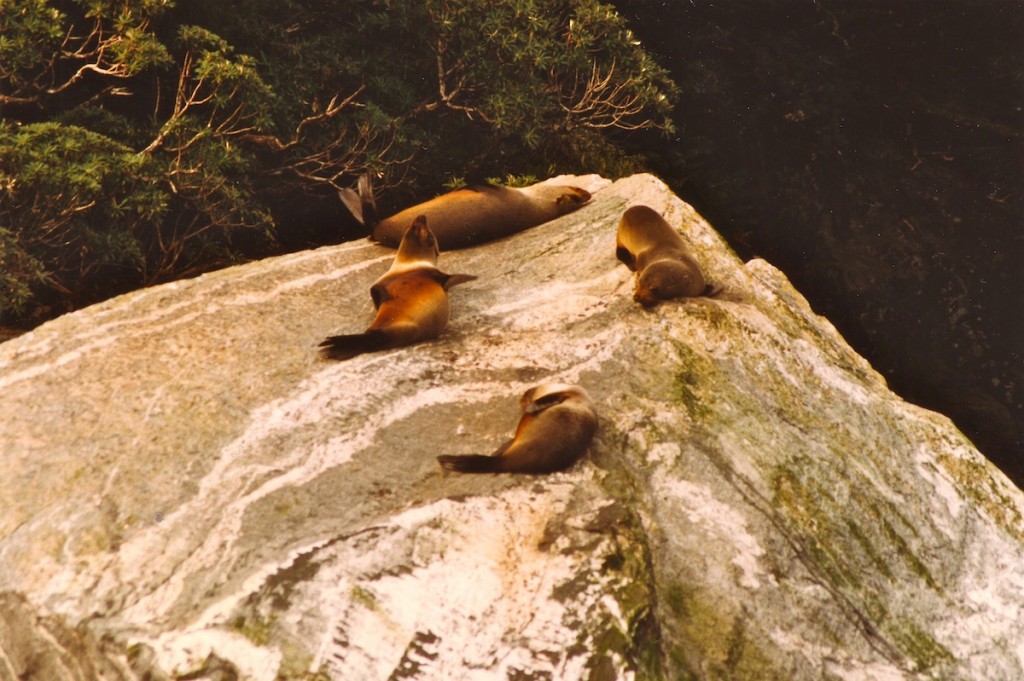
Schools and students have permission to use this graphic for non-commercial, educational purposes.
This graphic should not be used without written permission from me.
These are New Zealand fur seals. They have also been found along Australia's coastline.
Well, what started out with an intention to write a short comment seems to have blown out into something a little longer. It’s like much in life, we start with some knowledge and seem to collect more as life moves along. We learn. We share. We are all both teachers and students in life.
Learning is a lifelong journey we all travel. When we travel it with others our journey is all the richer.
- Schools and students have permission to use this graphic for non-commercial, educational purposes.
This graphic should not be used without written permission from me.

